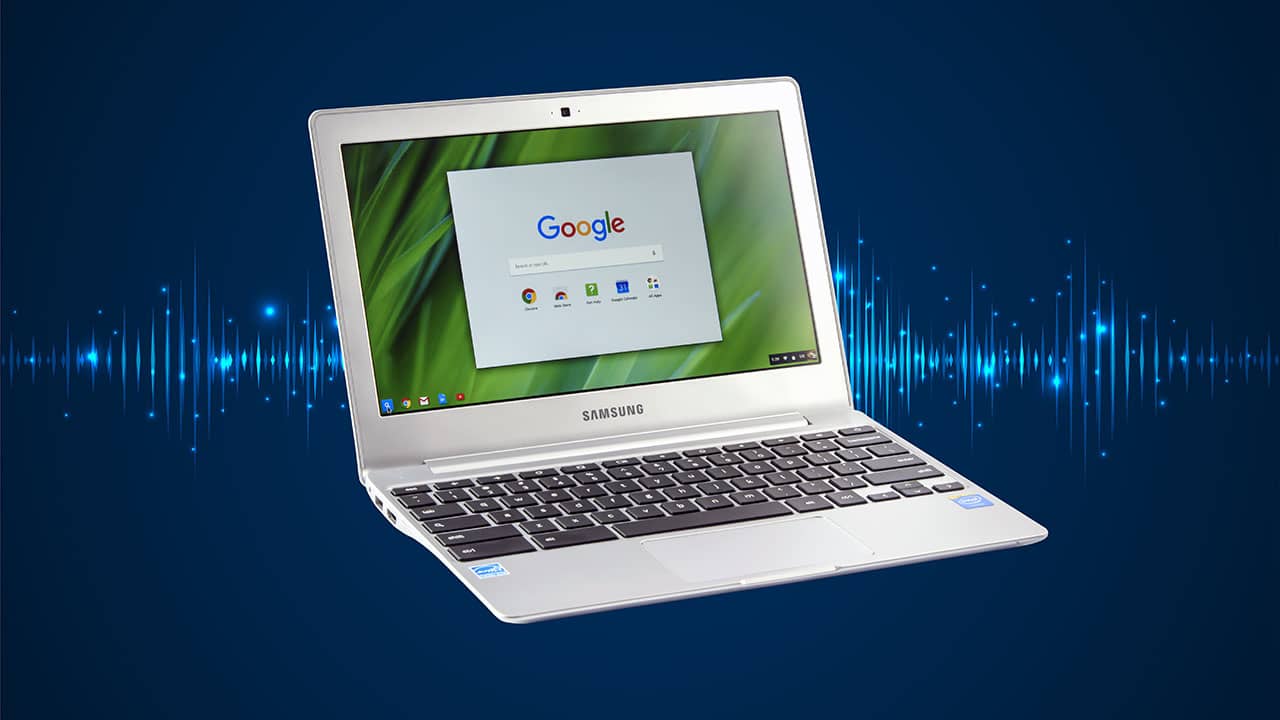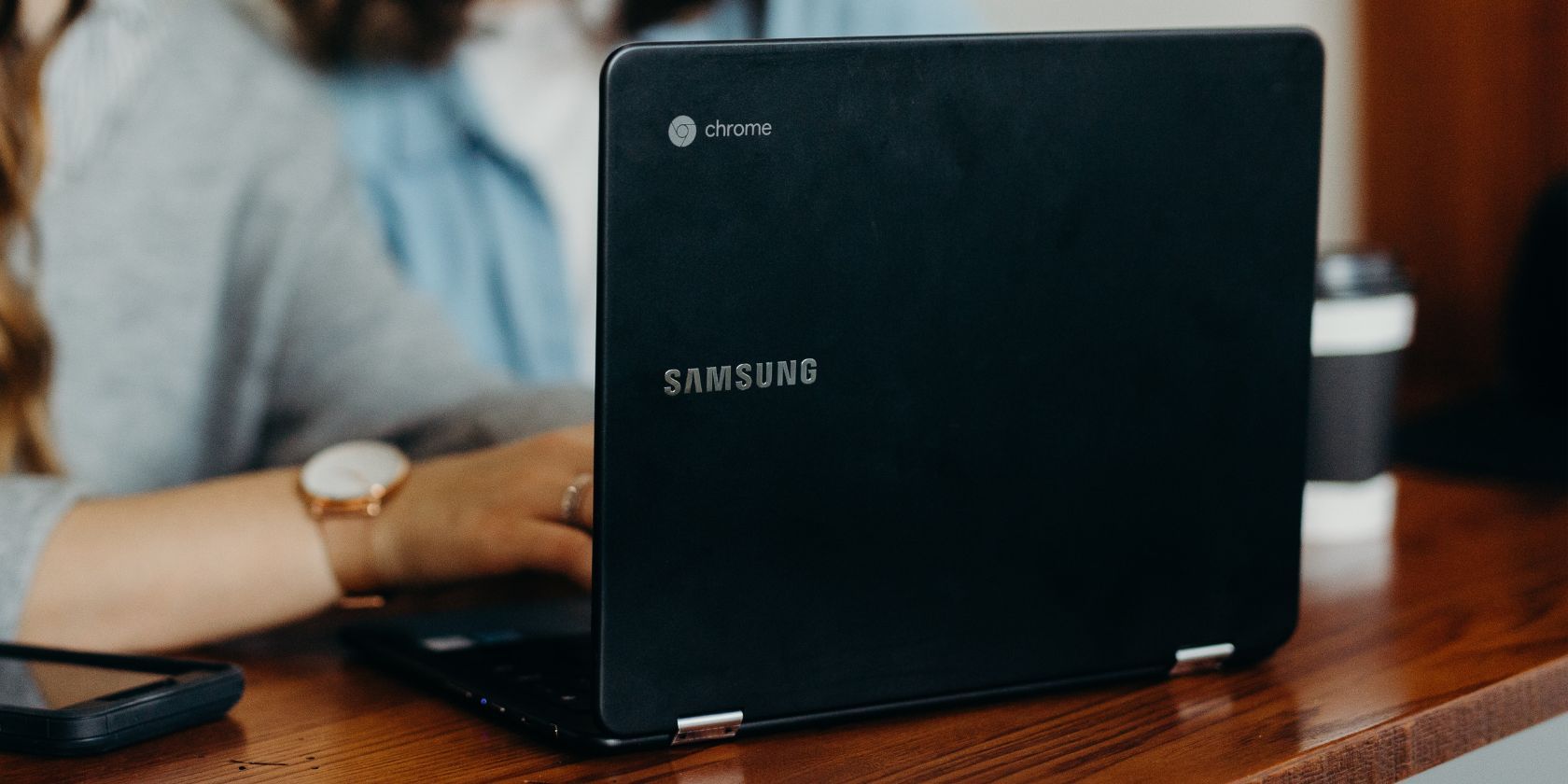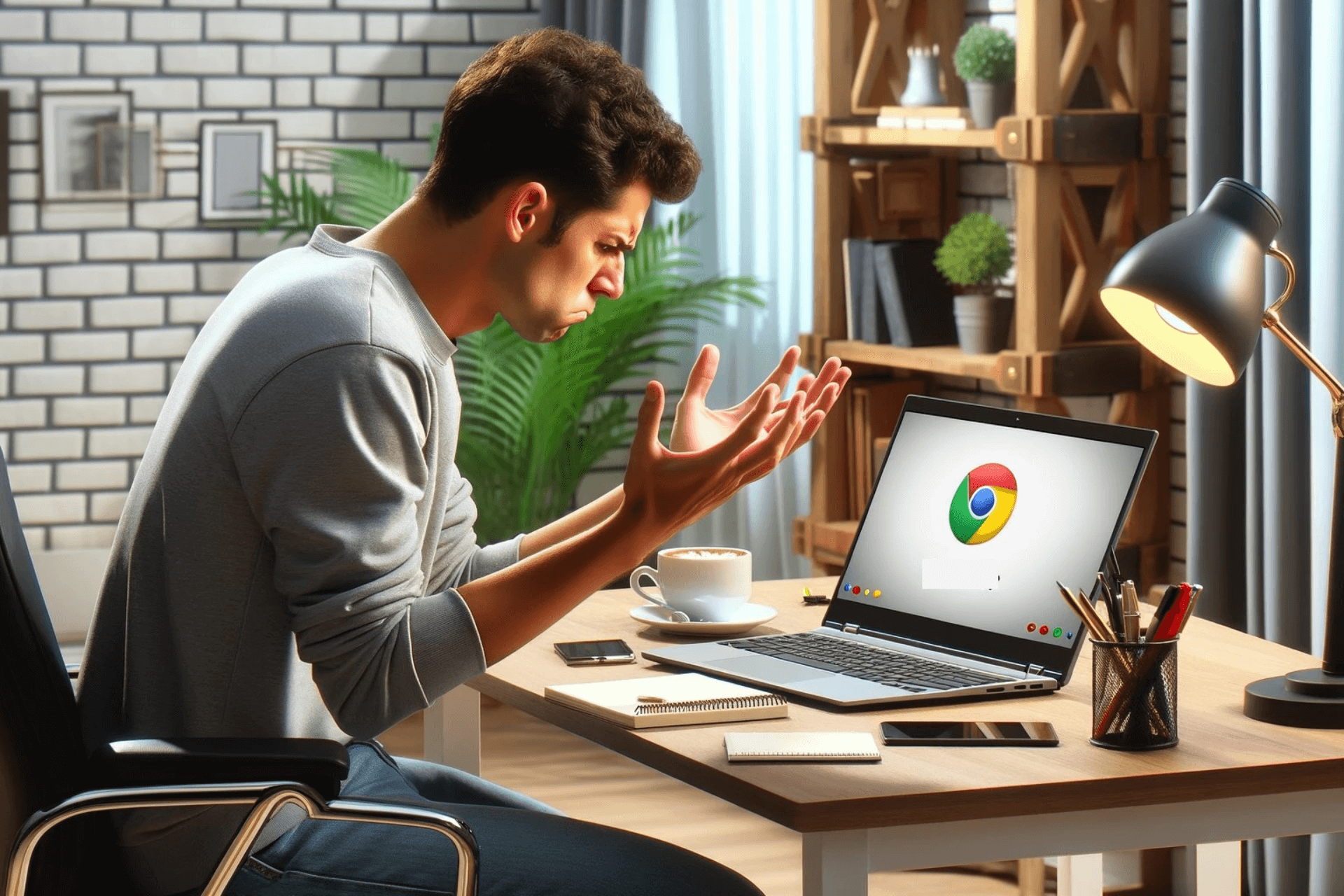Why is my chromebook getting more hot then usual – Why Is My Chromebook Getting Hotter Than Usual? It’s a question many Chromebook users have encountered, and it can be frustrating when your once-cool device starts to feel like a miniature furnace. This sudden change in temperature can be a symptom of various issues, ranging from simple software hiccups to more serious hardware malfunctions.
Understanding the root cause is essential for resolving the problem and ensuring your Chromebook’s longevity.
From resource-hungry applications to environmental factors, the culprits behind overheating can be diverse. This article will delve into the common causes of Chromebook overheating, explore troubleshooting steps, and discuss potential solutions to bring your device back to its comfortable operating temperature.
Hardware Issues

Chromebook overheating can be attributed to various hardware components that are responsible for generating and dissipating heat. Understanding these components and their potential malfunctions can help pinpoint the root cause of your Chromebook’s overheating issues.
Malfunctioning Fan
The cooling fan is a crucial component in a Chromebook, designed to draw in cool air and exhaust hot air, preventing overheating. A malfunctioning fan can significantly contribute to excessive heat buildup.
- Fan Failure:A completely failed fan will cease to operate, leaving the Chromebook without any active cooling mechanism. This will lead to rapid temperature increases, potentially damaging components.
- Fan Speed Issues:Even if the fan is running, it might not be spinning at the required speed to effectively cool the system. This can be caused by dust accumulation, a faulty motor, or software issues that limit fan speed.
- Fan Noise:A fan that is making unusual noises, such as grinding or rattling, is a strong indicator of a malfunction. This could mean the fan bearings are worn out or the fan blades are damaged, impacting its performance.
Faulty Battery
The Chromebook’s battery, while not directly responsible for generating heat, can contribute to overheating if it malfunctions.
- Battery Swelling:A swollen battery is a common sign of a faulty battery. This swelling can press against internal components, obstructing airflow and leading to increased temperatures. It is crucial to replace a swollen battery immediately, as it poses a safety risk.
- Battery Overheating:A battery that is constantly overheating, even when the Chromebook is idle, is another indication of a problem. This could be caused by a faulty battery cell, a short circuit, or a manufacturing defect.
Failing Hard Drive
A failing hard drive can also lead to overheating.
| Failing Hard Drive Symptoms | Overheating Symptoms |
|---|---|
| Slow performance, frequent crashes, and data loss | Increased fan noise, hot to the touch, slow performance |
| Clicking noises from the hard drive | Increased fan noise, hot to the touch, slow performance |
| Error messages related to the hard drive | Increased fan noise, hot to the touch, slow performance |
Software and Usage

Your Chromebook’s overheating could be due to software-related issues. Certain applications or processes might be consuming more resources than usual, leading to increased heat generation.
Resource-Intensive Applications
Resource-intensive applications, such as video editing software, gaming platforms, or complex web applications, can significantly strain your Chromebook’s processor and graphics card, causing it to heat up.
- Video editing software:Applications like DaVinci Resolve or Adobe Premiere Pro are designed to handle complex video editing tasks, demanding substantial processing power.
- Gaming platforms:Chromebooks are not typically designed for high-end gaming. Running demanding games like “Fortnite” or “Call of Duty” can put significant strain on the device, resulting in overheating.
- Complex web applications:Applications like Google Meet or Zoom, especially when used with multiple participants or high-resolution video, can consume significant resources and generate heat.
Multiple Browser Tabs and Extensions
Having numerous browser tabs open simultaneously, especially those with resource-intensive content like videos or interactive elements, can increase the workload on your Chromebook’s processor and lead to overheating. Similarly, extensions, while helpful, can consume resources in the background, contributing to higher temperatures.
- Multiple browser tabs:Each open tab, particularly those with active content, demands processing power and memory, which can strain your Chromebook’s resources.
- Extensions:Extensions, though beneficial, can run in the background and consume resources. Consider disabling extensions that you rarely use or are not essential for your current activity.
Streaming Video Content
Streaming video content, especially in high definition (HD) or 4K resolution, is a resource-intensive activity. The continuous decoding and rendering of video data can significantly increase your Chromebook’s temperature.
- Streaming video content:Streaming services like Netflix, YouTube, and Hulu require substantial processing power to decode and display video content smoothly.
- HD and 4K resolutions:Higher resolutions demand more processing power, resulting in increased heat generation.
Software Updates
Software updates, including operating system updates and app updates, can often include performance improvements and bug fixes, potentially addressing overheating issues.
- Operating system updates:Chrome OS updates often include optimizations and bug fixes that can enhance performance and reduce heat generation.
- App updates:Developers frequently release updates for their apps, which may include performance improvements and bug fixes that can reduce resource consumption and heat generation.
Environmental Factors

The environment surrounding your Chromebook can significantly impact its temperature, especially when it comes to heat dissipation. Factors like room temperature, sunlight exposure, and even the material of the Chromebook’s surface can influence how efficiently your device cools down.
Room Temperature and Heat Dissipation
The ambient temperature of your surroundings plays a crucial role in how well your Chromebook can dissipate heat. When the air around your device is hot, it becomes more difficult for the Chromebook to release excess heat efficiently. This can lead to overheating, especially if your Chromebook is already under heavy load.
Sunlight Exposure and Ventilation
Direct sunlight can directly heat up your Chromebook’s surface, contributing to overheating. Even indirect sunlight can raise the temperature of the surrounding air, making it harder for your Chromebook to cool down. Additionally, a lack of proper ventilation can trap heat around your device, further exacerbating the problem.
Surface Material and Heat Transfer
The material of your Chromebook’s surface can also affect how well it dissipates heat. Some materials, like metal, are better conductors of heat than others, like plastic. This means that a Chromebook with a metal surface might heat up faster than one with a plastic surface.
However, the heat dissipation rate of a metal surface can also be faster, allowing it to cool down more quickly once the heat source is removed.
Dude, my Chromebook is hotter than a Kardashian’s new boyfriend! I’m thinking maybe it’s all those tabs I have open, or maybe I’m running some serious background programs I forgot about. Whatever it is, it’s making me sweat, like trying to snag a hot deal on Food Stamps during the holidays.
Maybe I should close some tabs and see if that cools things down.
Recommended Ambient Temperature Range
For optimal performance and to prevent overheating, it’s recommended to keep your Chromebook within a certain temperature range. The following table Artikels the recommended ambient temperature range for most Chromebooks:
| Temperature Range | Description |
|---|---|
| 0°C to 35°C (32°F to 95°F) | Optimal operating temperature for most Chromebooks. |
| 35°C to 40°C (95°F to 104°F) | Performance may be affected, and overheating is possible. |
| Above 40°C (104°F) | Increased risk of overheating and potential damage to the device. |
Troubleshooting Steps

If you’ve already ruled out hardware issues, software glitches, and environmental factors, it’s time to delve into troubleshooting steps. These steps will help you pinpoint the root cause of your Chromebook’s overheating and address it effectively.
Checking for Software Updates
Software updates often include performance enhancements and bug fixes, which can address overheating issues. Regularly checking for updates ensures your Chromebook runs smoothly and efficiently.
- Open the Settingsapp on your Chromebook.
- Navigate to the About Chrome OSsection.
- Click on Check for updates.
- If an update is available, follow the on-screen instructions to install it.
Identifying and Closing Resource-Intensive Applications
Certain applications can consume significant system resources, leading to increased heat generation. Identifying and closing these applications can help alleviate the overheating problem.
- Open the Task Managerby pressing Shift + Esc.
- Review the list of running applications and identify those consuming high CPU or memory resources.
- Right-click on the resource-intensive application and select End task.
Adjusting Chromebook Power Settings
Power settings can impact your Chromebook’s performance and heat generation. By optimizing these settings, you can minimize overheating.
- Open the Settingsapp.
- Go to Device> Power.
- Adjust the Screen brightnessto a comfortable level, as a brighter screen can increase power consumption.
- Enable Power saving modewhen not actively using your Chromebook.
Troubleshooting Checklist
Here’s a checklist of common troubleshooting techniques that can help address overheating issues:
- Restart your Chromebook:A simple restart can often resolve temporary software glitches that might be causing overheating.
- Close unnecessary browser tabs and extensions:Multiple browser tabs and extensions can strain your Chromebook’s resources, leading to overheating.
- Disable background processes:Certain background processes can contribute to overheating. Consider disabling unnecessary processes in the Settingsapp.
- Use a cooling pad:A cooling pad can help dissipate heat from your Chromebook, especially if you’re using it on a soft surface.
- Ensure proper ventilation:Ensure that your Chromebook has adequate ventilation to allow heat to escape. Avoid placing it on a cluttered surface or in a confined space.
Performance and Battery Life: Why Is My Chromebook Getting More Hot Then Usual
Overheating can significantly impact your Chromebook’s performance and battery life. While it might seem like a minor inconvenience, prolonged overheating can lead to irreversible damage and even shorten the lifespan of your device.
Impact on Chromebook Performance
Excessive heat can cause your Chromebook to slow down, lag, or even crash. This is because the components inside your Chromebook, such as the processor and RAM, are designed to operate within a specific temperature range. When these components overheat, they can become less efficient and start to malfunction.
This can lead to sluggish performance, freezing, and other issues that can disrupt your workflow.
Impact on Battery Life
Overheating can also negatively affect your Chromebook’s battery life. When your device overheats, the battery needs to work harder to keep up with the increased power demand. This can lead to faster battery drain and a shorter overall battery life.
In extreme cases, overheating can even damage the battery, reducing its capacity and lifespan.
Performance Degradation Compared to Other Factors
Overheating can cause a significant performance degradation compared to other factors, such as insufficient RAM or a slow internet connection. When your Chromebook overheats, it can significantly impact the overall performance of your device, making it feel sluggish and unresponsive.
Yo, your Chromebook’s heating up like a 2005 Yamaha Rhino YXR660 on a summer day? Check out this 2005 Yamaha Rhino YXR660 cooling system diagram to see how those bad boys stay cool. Maybe your Chromebook needs a little fan cleaning or some fresh air to keep things chill, ya know?
In contrast, insufficient RAM or a slow internet connection might only affect specific tasks or applications, while the overall performance of your Chromebook remains relatively unaffected.
Optimizing Chromebook Settings for Better Performance and Battery Life
Here are some tips on optimizing your Chromebook settings for better performance and battery life:
- Close unnecessary tabs and applications: Having too many tabs or applications open can strain your Chromebook’s resources and cause it to overheat. Close any tabs or applications that you are not actively using.
- Disable unnecessary background processes: Some applications and services run in the background even when you are not using them. These processes can consume system resources and contribute to overheating. Check your settings and disable any unnecessary background processes.
- Adjust screen brightness: A brighter screen uses more power and can contribute to overheating. Adjust your screen brightness to a comfortable level that is not too bright.
- Enable power-saving mode: Most Chromebooks have a power-saving mode that can help extend battery life and reduce overheating. Enable this mode when you are not actively using your Chromebook.
- Update your Chromebook: Regularly updating your Chromebook ensures that you have the latest security patches and performance improvements. Updates can also help address any issues that might be causing overheating.
Chromebook Models and Features

Chromebook models exhibit varying degrees of overheating tendencies, influenced by their design, materials, and processor capabilities. Understanding these factors can help you choose a Chromebook that runs cool and efficiently.
Design and Materials
The design and materials used in a Chromebook play a significant role in its thermal management.
- Ventilation:Chromebooks with ample ventilation, such as strategically placed vents or air intake grilles, allow for better heat dissipation. This is crucial for models with powerful processors that generate more heat.
- Materials:Chromebooks with metal chassis tend to conduct heat more effectively than those with plastic bodies. This can be beneficial for heat dissipation, but it may also make the device feel warmer to the touch.
- Size and Weight:Larger and heavier Chromebooks generally have more space for internal components and better ventilation, which can help with heat management. However, this can also affect portability.
Processor Capabilities
The thermal management capabilities of different Chromebook processors vary significantly.
- Processor Power:Chromebooks with more powerful processors, such as Intel Core i5 or i7, generate more heat than those with less powerful processors, such as Intel Celeron or MediaTek Kompanio.
- Thermal Design Power (TDP):TDP refers to the maximum amount of power a processor can consume. Chromebooks with higher TDP processors typically require more efficient cooling systems to prevent overheating.
- Thermal Throttling:To prevent overheating, some processors automatically reduce their performance when they reach a certain temperature. This is known as thermal throttling, and it can lead to slower performance.
Examples of Chromebooks with Efficient Cooling Systems, Why is my chromebook getting more hot then usual
Several Chromebook models are known for their efficient cooling systems.
- Acer Chromebook Spin 713:This model features a thin and light design with a powerful Intel Core i5 processor. It utilizes a dual-fan cooling system to prevent overheating, even under heavy workloads.
- Lenovo Chromebook Flex 5:This model features a powerful Intel Core i5 processor and a robust cooling system that efficiently dissipates heat. It also has a fan that operates quietly, making it ideal for quiet environments.
- Samsung Galaxy Chromebook 2:This model boasts a powerful Intel Core i5 processor and a sophisticated cooling system that effectively manages heat generation. It also features a sleek and compact design, making it a portable option for users on the go.
FAQ Summary
Can I use a cooling pad for my Chromebook?
Yes, a cooling pad can help to dissipate heat from your Chromebook and prevent overheating. However, it’s important to choose a pad that is specifically designed for laptops or Chromebooks, as some pads can actually block ventilation and worsen the problem.
Is it safe to use my Chromebook if it’s getting hot?
While a slightly warm Chromebook is normal, excessive heat can damage the device. If your Chromebook feels too hot to touch, it’s best to shut it down and let it cool down before using it again. If the problem persists, consult a qualified technician.
Can overheating damage my Chromebook’s battery?
Yes, excessive heat can shorten the lifespan of your Chromebook’s battery. If your device is consistently overheating, it’s important to address the issue to prevent premature battery failure.